Luxury market in India estimated to soon cross $18.3 billion
Expenditure on luxury advertising will rise by 3.0 per cent in 2016, up from 1.9 per cent in 2015, according to Zenith’s new Luxury Advertising Expenditure Forecasts, published today. This acceleration will be driven by recovery in Asia and Eastern Europe after a tough year in 2015. Luxury advertisers will spend a total of US$10.9 billion across the top 18 markets in 2016, up from US$10.6 billion in 2015.
This is the second annual edition of the Luxury Advertising Expenditure Forecasts, which examines expenditure on luxury advertising in 18 key luxury markets. These 18 markets are: China, Colombia, France, Germany, Hong Kong, Italy, Malaysia, Mexico, the Netherlands, Peru, Russia, Singapore, South Africa, South Korea, Spain, Taiwan, the UK and the US.
As with Zenith’s long-established Advertising Expenditure Forecasts, it provides historic expenditure figures and forecasts by medium. However, this report focuses specifically on luxury advertising, together with the sub-categories of luxury automotive, fragrances & beauty, fashion & accessories, and watches & jewellery.
The luxury advertising market slowed from 2.9 per cent growth in 2014 to 1.9 per cent growth in 2015 as advertisers reacted to slowdown in the BRIC markets as well as to local conflicts and terrorism. Ad spend shrank by 1.4 per cent in Asia and by a massive 20.3 per cent in Eastern Europe (mainly the result of the oil crisis and rouble devaluation in Russia), but the global total was buoyed by strong growth in North America (3.6 per cent) and Western Europe (4.7 per cent).
Zenith forecasts Asia to return to 2.9 per cent growth in 2016, while the decline in Eastern Europe slows to 2.8 per cent. North America will stay strong, with 3.9 per cent growth, but Western Europe will slip back to 1.7 per cent. Overall we forecast 3.0 per cent growth in luxury ad spend across our top 18 markets in 2016.
Luxury advertising is growing less rapidly than advertising as a whole. Across our top 18 markets, luxury advertising grew by 2.9 per cent in 2014, compared to 5.6 per cent for advertising as a whole, and 1.9 per cent in 2015 (compared to 4.1 per cent). We forecast this underperformance to continue, with luxury advertising growing 3.0 per cent in 2016, compared to 4.5 per cent growth across all categories.
US and China driving growth in luxury advertising
Between 2015 and 2017, the study forecasts luxury advertising to grow by US$705 million. 82 per cent of this growth will come from the US (US$347 million) and China (US$228 million). The US and China are the largest and second-largest luxury ad markets, respectively, accounting for 45 per cent and 21 per cent of luxury ad spend in 2015. Germany is third, followed by France and the UK. The report expects to see very little growth from France, which is suffering from persistent unemployment, low confidence and low economic growth. Zenith forecasts the UK to overtake France to become the fourth-largest luxury ad market this year.
Digital to be the largest luxury advertising medium in 2017
Digital advertising is by far the biggest contributor to the growth in luxury advertising, growing consistently at double-digit rates. Zenith expects digital media ad spend by luxury advertisers to increase by US$837 million between 2015 and 2017. Over this period, television, radio and cinema will increase by a total of US$26 million between them; outdoor will shrink by US$10 million; and print will shrink by US$150 million.
By 2017, print will account for 28.6 per cent of total luxury adspend, down from 31.9 per cent in 2015. TV’s market-share will also decline over the same period, from 32.7 per cent in 2015 to 30.7 per cent in 2017. Digital’s market-share will increase from 26.3 per cent in 2015 to 32.1 per cent in 2017, when it will overtake TV and print to become the single largest medium for luxury advertising.
Print remains the most important medium for ‘high luxury’ advertisers
Despite its decline in market-share, print remains particularly important to luxury advertisers, specifically those in the fashion & accessories and watches & jewellery sub-categories. In 2015, fashion & accessories advertisers spent 83 per cent of their budgets in print, and watches & jewellery advertisers spent 60 per cent. Print titles – especially glossy magazines – provide high-quality, immersive yet relaxed reading experiences, a particularly suitable environment for luxury advertisers wishing to showcase their brand values.
Specifically on India, Publicis Media India CEO Anupriya Acharya, said, “The country is witnessing a wave of investment, positive sentiment and an increase in the sheer number of High Net Worth Individuals (HNWI). The luxury market in India has been growing at a CAGR of 25 per cent over the last couple of years. Currently, it is estimated to be in the region of $14.7 billion and estimated to soon cross $18.3 billion. Fragrances, watches and jewellery are top sellers in the luxury market, followed by skincare, apparel and fine dining. Consumers today aspire for value, even if it means paying a premium for it.”
The Delhi NCR market accounts for the highest SEC A market, followed by Mumbai, Bangalore and Chennai. Non-metro cities such as Ahmedabad and Chandigarh are also growing in terms of income and propensity to buy luxury goods.


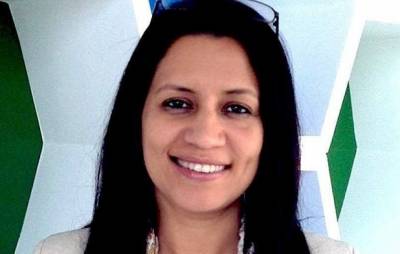
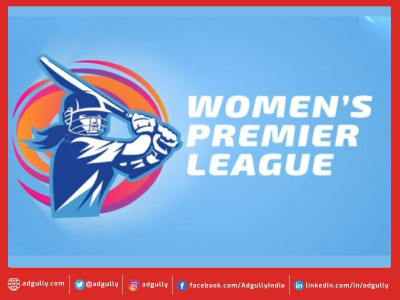
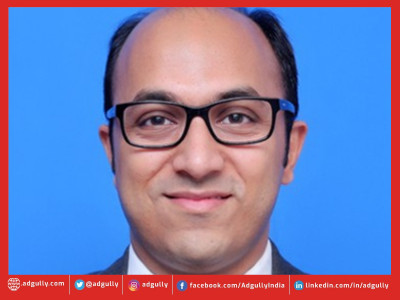
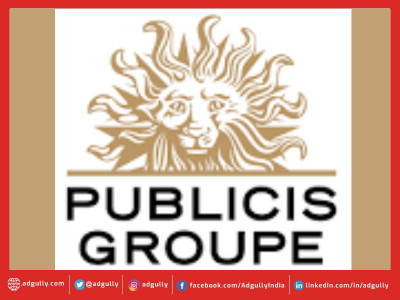
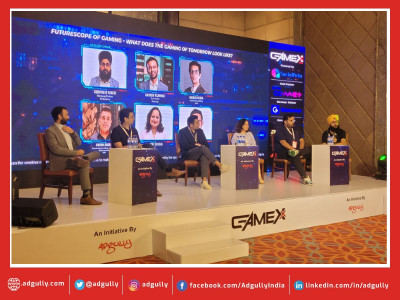

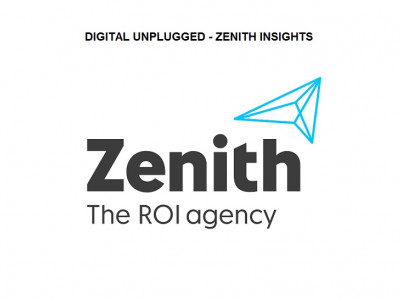
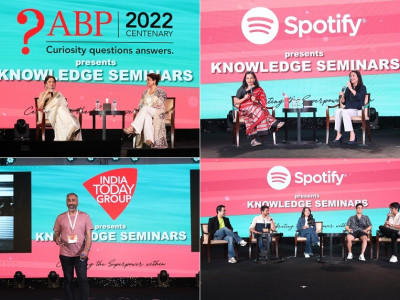
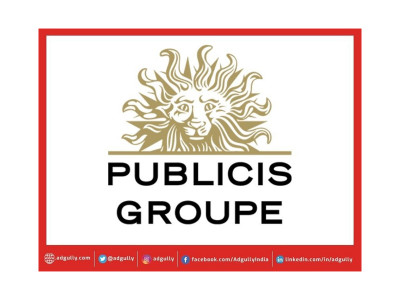

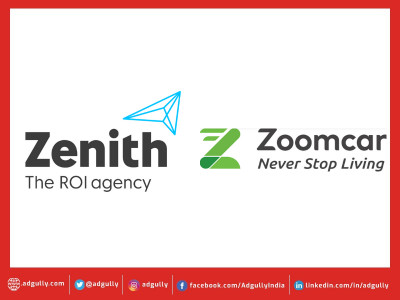
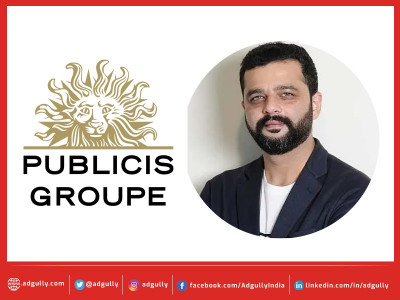


Share
Facebook
YouTube
Tweet
Twitter
LinkedIn